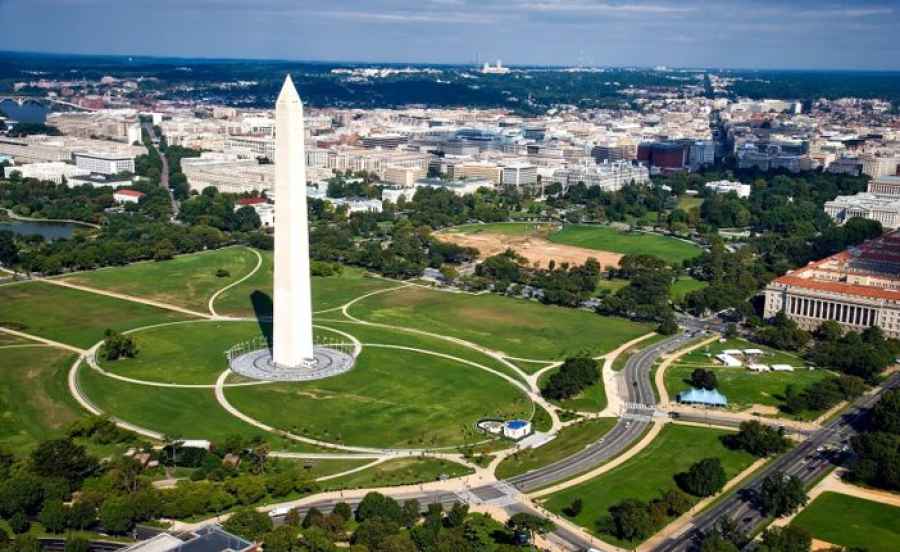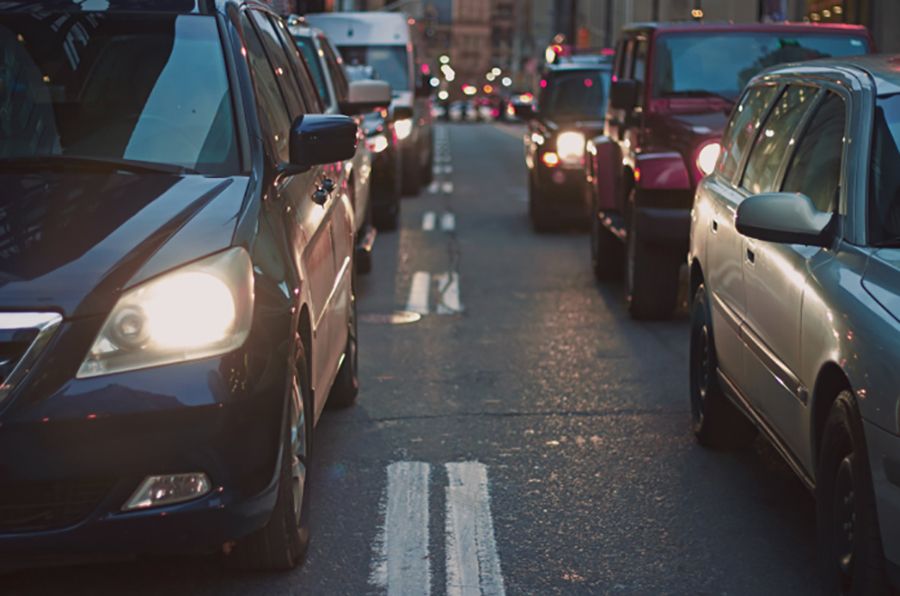All Roads Lead to Washington, D.C. (Traffic, Crash, & Insurance Stats)
The nation’s capital is a destination for many around the world. Local, national, and international tourists come to visit to see the sights. Foreign dignitaries come to meet with the political leaders of the nation to discuss transnational policy.

In Washington, D.C., business leaders meet with political leaders to discuss both public and private partnerships. More than 700,000 people live in the city and surrounding areas as well.
All of these factors can have dangerous implications for the roads, traffic, and insurance costs for the area. Overall, the cost of insurance in the nation's capital is pretty pricey.
Having insurance in a different place than where you live is technically insurance fraud; however, there are exceptions to the rule. If you work in one place and live in another, like a lot of people in the district, you may be able to get insurance in a different, more affordable place.
If you’re considering this option, find out the basics of when you can have car insurance from a different state, how to go about getting affordable auto insurance, and to compare different insurance quotes and find the best rate for you today.
Washington, D.C. Insurance Stats
Car insurance premiums in the district are high. The high rates have to do with the high volume of traffic and number of accidents in the area. The average car insurance premiums are almost $1,500 per year, which is almost three percent higher than the national average.
There are a number of factors that could raise your car insurance rates. Take a look at these factors that you can control, and therefore help keep your rates lower:
- Credit score – If your credit score is low, you can be paying as much over three thousand dollars for insurance. However, if your credit score is exceptional, you could pay less than $1,500 for insurance.
- Traffic violations -Reckless driving can send your rates up over $2,000, and a DUI can result in a rise in your insurance rate up even more. Speeding can cause a spike in your rate up to over $2,000 as well
- Accidents – An at-fault accident can jump your rate up to close to $2,500
As always the best policy in any of these particular cases is to drive safe, and follow the law and you will better be able to keep your insurance rates low.
Other factors that could raise your rates are gender, marital status, driving history, and age. There isn’t really anything you can do about these categories, but having this knowledge is still useful.
Washing, D.C. Collision Stats
The numbers for the nation's capital tend to be a tad skewed because stats that account for the
miles of road in a state or district don’t exist in any public database. For example, the capital is 68.38 square miles wide and has a population of 702,455.
Meanwhile, Alaska has a similar population of 737,438, but it is nearly 100,000 times the size of the capital at 663,300 square miles wide. That difference of size may have something to with the difference in the number of fatal accidents -Alaska had 69 in 2018, while D.C. had only 30.
We really don't know if the higher number of roads for drivers to have accidents actually had anything to do with the number of accidents in a given area because that kind of data really doesn’t exist, but we’re willing to bet that it does.
Washington, D.C. Traffic Stats

The nation's capital comes in second for the worst traffic by city in the country with an annual delay of 102 hours annually. This number makes D.C. come in just behind Los Angeles with an annual delay of 119 hours and the Bay Area in California with an annual delay of 103 hours.
New York City is fourth on that list with an annual delay of 92 hours. Yes, you read that correctly. Your eyes are not deceiving you, and you don’t need to change your reading glasses. The annual delay for traffic in the nation's capital is 10 hours longer than the most populous city in the nation.
The Worst Intersections in D.C.
Three of the intersections and stretches of highway in this 68.38 square mile radius are among the top fifty areas in the country for the worst traffic. Interstate 395 between Washington Boulevard and the George Washington Parkway ranks high for having the worst traffic in the country.
The value of time lost annually in D.C. traffic is around $27,000,000 while it’s also estimated that the annual fuel wasted is about over 300,000 gallons. The estimated time lost at this intersection is over one million hours. That’s over 125 calendar years lost at one intersection in just the course of a single year!
Next on the worst intersection list is Interstate 495 at the intersection of the Dulles Toll Road.
This intersection appears to cost an annual estimated $12,000,000 in value of time lost, 146,900 gallons of estimated wasted gas, and 500,000 hours of time. That’s 57 years of time lost in traffic at this one intersection in one year.
Another bad intersection is the stretch of Interstate 395 from Duke Street to halfway between Duke Street and Edsall Road. The traffic here costs an estimated $8,000,000 83,720 gallons of gas and an estimated 300,000 hours.
The average time added to commutes in D.C. per 30-minute commute is 14 minutes in the morning rush hour and 18 minutes in the evening rush hour. Now, this all sounds really bad, but the traffic in D.C. is only third in America. Globally, D.C. ranks 141st which comparatively, isn’t awful.
Driving in the Capital
The nation's capital is a very busy place and the traffic is pretty bad, but it’s one of the safest places to drive. The insurance costs are a bit high, but there may be a way around that for you depending on what discounts you qualify for.
Whether you currently live in D.C., are moving to D.C. or you’re planning a vacation to see the sites, prepare for a safe and slow drive.